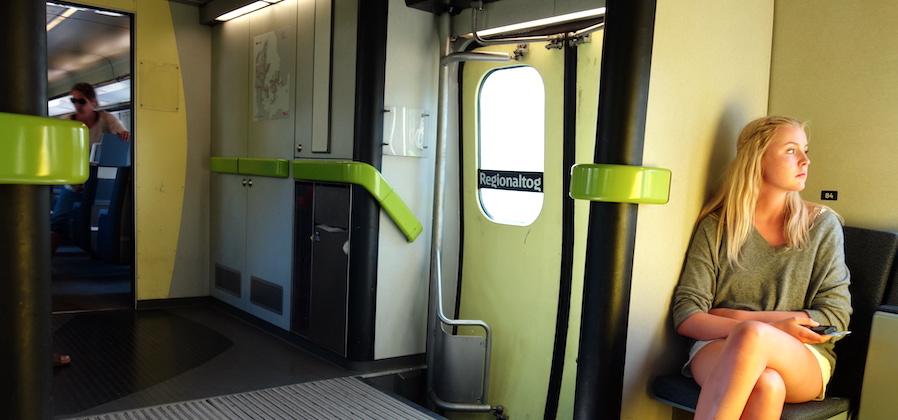
“Experiences of sexual harassment and violence intersect with other social inequalities, especially those of class, race, disability and sexual orientation. To track all of these indicators through an urban planning and design agenda can be bewildering, drawing attention away from deep-seated, long-standing ‘structures’ of inequality that become embedded in the built environment and in the mindsets of politicians and planners” writes Marion Roberts for Resilience.org.
Women and girls do not have the same freedoms as the other half of the population. Sexual harassment and violence, which are an everyday occurrence worldwide, hinder their ability to move freely in public spaces without fear and at any time of day or night.
Urban planning is the act of planning the structures (and spaces) of our urban environment, including its policies, infrastructure, neighborhoods, building codes and regulations. Urban planning is data driven and both technical and political. It can be constrained by legislation as well as by market-driven economic policies. As a part of this discipline, urban planners use tools such as gender impact assessments and gender auditing and budgeting to try to meet gender equality objectives.
Marion Roberts argues that a socialist-feminist approach reduces all that complexity. By recognizing that the work of reproduction, caring and domestic duties are of equal value to other work in our society, this approach has the potential to radically transform and improve living conditions and create cities that uphold the rights of all to fair and equal citizenship.
There are many examples worldwide of inspired attempts, on different scales, to achieve this kind of equality. But the only city to truly embrace this idea is the City of Vienna where planning strategy is now based on considering housework, caring work and waged work as equal. To put this into practice they are planning a polycentric city of well-connected neighborhoods. One such neighborhood is the new Aspern Seestadt, an urban extension with a projected 20,000 households with employment opportunities, schools, medical services, Austria’s first managed high street, leisure facilities, refugee facilities, an urban park around a lake and a high-speed metro connection to the city center.
There are also many initiatives to increase safety in cities. The program Safer Streets, Safer Trails in Mexico City, for example, reduced street crimes against women by 29 percent when they introduced measures such as better lighting, security cameras and alarm buttons to 125 miles of streets and paths. “A feminist approach to the city goes beyond merely treating women as victims and addresses all inequalities” writes Marion Roberts. “Social movements, committed politicians and educated professionals all have a role to play in transforming the urban landscape, which, in turn, shapes our lives.”
Read the original article here.
Image by Eve Picker
